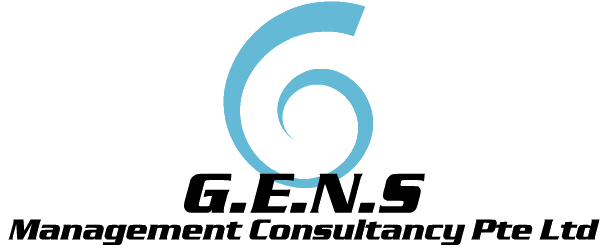ISO 45001:2018 The New Standard in Occupational Health & Safety Management
- Tan Eng Soon
- Jul 16, 2018
- 4 min read
Updated: Aug 28, 2018
The new ISO 45001 standard is intended to fulfil the growing expectations for occupational health & safety management. Following the release of a Final Draft (FDIS) at the end of November 2017, the norm was finally published on 12th March 2018. With the publication questions arise for companies that already have OHSAS 18001 certification or that are striving for ISO 45001 occupational health & safety certification. We look at what are the amendments and what must be observed

WHY DEVELOP THE NEW ISO 45001 STANDARD?
Occupational health & safety protection is becoming more and more significant in companies of all sizes. Previously, the basis for the development and maintenance of an internationally recognised occupational health & safety management system was the British BS OHSAS 18001 standard together with the OHSAS 18002 guideline.
In order to create an occupational health & safety standard which is valid on an international level, the new ISO 45001 standard for occupational health & safety management has been in development by the working group ISO/PC 283 since mid 2013. The first Draft International Standard (DIS) for ISO 45001, which was released in February 2016, was rejected. Almost 3,000 comments were made on the draft. The ballot on the second draft version of ISO 45001 at the International Standards Commission then obtained the required three-quarters majority.
Thus, the publication of the international standard on occupational health & safety management has been secured. In September 2017, the international committee on standards reviewed the results of their vote before releasing a Final Draft at the end of November 2017. The finalised standard was published on 12 March 2018.

REPLACING THE OHSAS 18001 STANDARD
With the publication on 18 January 2018 of IAF MD (IAF Mandatory Document) 21:2018, titled Requirements for the Migration to ISO 45001:2018 from OHSAS 18001:2007, the new ISO 45001 standard is confirmed to be replacing the older OHSAS 18001 norm. Companies are granted a three-year transition period starting from the standard‘s publication date until March 2021, so now is a good time to start familiarizing with the requirements of ISO 45001.
THE NEW ISO 45001 IN A NUTSHELL
Like the BS OHSAS 18001 policy, the new ISO 45001 standard is based on the ‘Plan Do Check Act’ (PDCA) model. ISO 45001, in the same way as other standards, is aligned with what is referred to as the HLS ‘High Level Structure’ (standardised structure, text modules and definitions) and therefore facilitates integration into management systems which have been implemented with several standards.
The company context also gains in significance. The topics of occupational health & safety management and continual development are brought to the fore as the central focus of a company. The opportunity therefore arises for companies to align their strategic direction with the occupational health & safety management system.
ISO 45001 illustrates that companies must think beyond their own horizons when it comes to occupational health & safety and that working conditions must also be taken into account for suppliers and service providers.
ADOPTING A 'HIGH LEVEL STRUCTURE'
The scope of application of the standard is intended to be valid for all companies. The structure of ISO 45001 presents a significant advantage in this respect. The new international standard follows a ‘High Level Structure’ – this ensures an identical definition and structure for all management systems, as well as uniform application of core texts and terminology.
This uniform structure, as a basis for certification for management systems, helps to understand the standard and facilitates the establishment and certification of integrated management systems. For example, the application of the ‘High Level Structure’ ensures structural compatibility with other management standards such as ISO 9001 for quality or ISO 14001 for the environment. For this reason, combined certification with other management standards is also available.
NEW AND IMPROVED OBJECTIVES
Improvement in occupational health & safety performance is at the heart of the transition to ISO 45001 and is therefore pursuing the following objectives:
Provision and improvement of a safe and healthy workplace for employees and other responsible individuals
Documentation of an effective occupational health & safety management system for employees and other interested parties
Ongoing improvement to organisations by means of the PDCA model
General containment of occupational health & safety risks
More successful and effective occupational health & safety management
Occupational health & safety management as a strategic element and as an element involving corporate responsibility
Employee motivation through feedback and participation
The ability to document safe and reliable corporate conduct to clients, suppliers, authorities and investors by means of standard certification
OLD VS NEW STRUCTURE

HOW CAN YOU PREPARE YOUR COMPANY FOR THE SIGNIFICANT CHANGES IN ISO 45001?
In order to update your management system to the latest standard, you need to be aware of the most significant changes compared with OHSAS 18001. What are the new topics ? What will be new for my company? How should I start preparing now in order to meet compliance?

We have summarised the most significant elements in the following diagram. For detailed information, please contact our principle consultant Mr. Tan Eng Soon at:
Mobile: 9689 8369
Email: engsoon@gensmgt.com


Comments